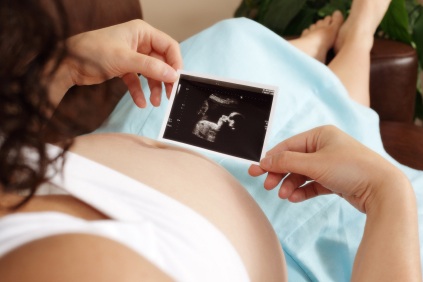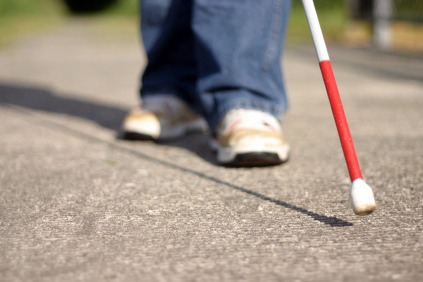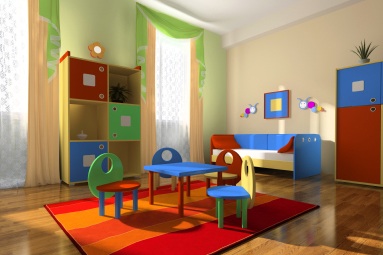Burns affect more than what is visible. The heat penetrates into blood vessels below the skin, dilating them, thus making the plasma (the colourless part of the blood) escape. In a minor burn, the escaped plasma gets trapped in a blister. In a burn that removes the skin altogether, plasma bleeds from the raw area. Although only the colourless part of the blood is lost, its loss reduces the total volume of fluid available for circulation. This is why fluid replacement is such an essential part of hospital treatment. Judge the seriousness of a burn by its size, not its depth.

Burns and Scalds []
Cool the burned area with cold water for about ten minutes. This will help blood vessels which have been damaged already to close up again and prevent further loss of plasma. It will also stop the burning sensation, although temporarily.
If the child has clothes on, the heat will get trapped in it. Remove the clothes as you run the cold tap on the child.
If the burn needs medical treatment, wrap the cooled area in a freshly laundered smooth fabric like a handkerchief, pillowcase or sheet to protect the raw area from airborne bacteria. Rush the child to a hospital immediately.
For small burns, don’t interfere if it has formed a blister. Blisters protect raw skin from infection and further plasma leakage. Do not use any ointment or grease. Apply nothing but a sterile adhesive dressing to protect the burn from rubbing.
Scalds can be misleading. If a large area of skin is reddened and no blisters form, it does not mean that the burn is relatively harmless. The redness indicates that fluid is leaking under the skin. Cool the skin and rush the child to the hospital. If the scalds have formed in the mouth, cool it by making the child suck ice. If you cannot find ice, or if the child is too young, get him to sip icy cold water through a straw ( so it emerges near the burned area or from a bottle.
Electric burns look harmless, but can be potentially dangerous. All you can see is a blackened pin point because the electrical contact has closed the skin’s blood vessels. So, you cannot see any superficial blister. But, the current will have fanned underneath and the harmless looking skin might be hiding a big area of of burned tissue. All electric burns must be shown to a a doctor at once.
Safety tips
All fires must have safeguards. If you use portable heaters at home, use a fan heater instead of a bar electric fire.
You need to be careful even about guarded fires. Do not keep anything on it that might be visible to the child and he might want to climb up there. Preferrably use the burners close to the wall rather than the ones that are visible to your child. Do not let the child see you poke things into the fire that he might want to imitate. If you use a gas fire, make sure that the gas knob is away from the child’s reach, or make the gas knob self igniting in case the child turns on the gas tap.
Always turn the handles of pans inwards and use the backburners if possible. Remember that some ovens are so badly insulated that the child can scald himself by just leaning on the door. Never leave the child in the kitchen alone. Hot fat can spit, hot oil can catch fire. An oil burn is even worse than a boiling water scald.
Watch out for anything which is dangling within the toddler’s reach, like an iron for example.
Remember that irons and fires hold their heat for some time after you have turned them off.
Never fill a hot water bottle with water hot enough to scald the child if it should leak or burst. Better still, use it to only warm the bed. Take it out when the child gets in.
Remember, even radiators and hot taps can lead to burns and scalds.
Take care if you are a smoker. A cigarette ember can inflict a painful burn. Do not leave your lighter or matchbox around.
Tea and coffee pots should never be kept on a low table where a child can reach them, or a high table with a cloth that can be pulled by the child. In fact, do not use tablecloths that can be pulled off.










